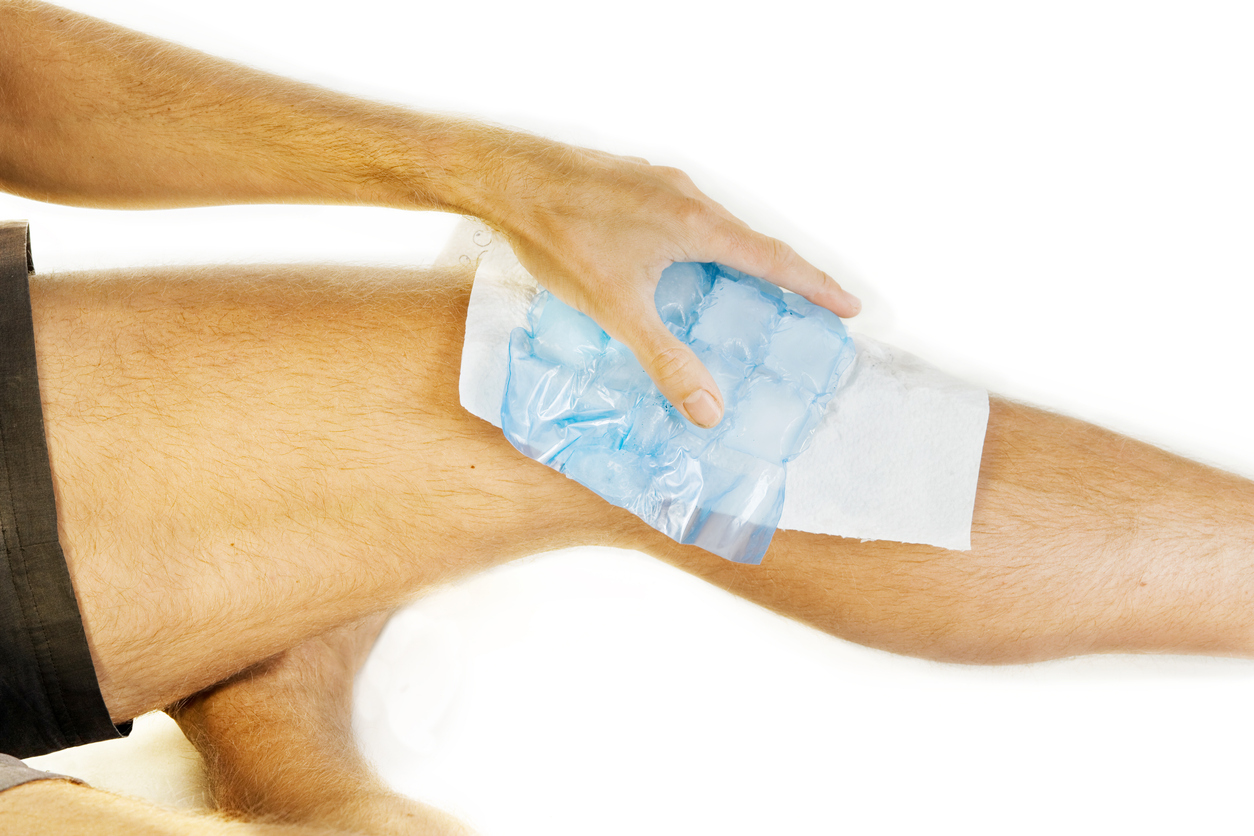Knee pain is typically caused by overuse of the knee or a sudden injury.
It’s not usually a cause for concern, and any minor injury or pain resulting from physical exercise can often be treated at home and made to feel better after a few days.
However, knee pain can sometimes be a sign of a more serious injury or problem that needs medical attention or surgery, and you should see a doctor if the pain is severe or lasts for a long time.
How do I know if my knee pain is serious?
There are many causes of knee pain, some of which are minor and others more serious.
If your knee pain gets worse or doesn’t improve within 2 weeks, or you’re struggling to move or put weight on your knee, you should visit a doctor.
You should also seek care if your knee clicks painfully or feels unstable and gives way, as this instability may be a sign of a torn ligament or tendon, or cartilage damage.
But you should go to your nearest emergency department if any of the following happens:
- you’ve injured your knee badly - for example, if a heavy object has fallen on it
- you’re in a lot of pain
- the knee has changed shape or is swollen
- you have a fever or feel hot and shivery, as this can indicate an infection
- there is redness or warmth around the knee, as this can also point to an infection
Pain or stiffness in the knee may be caused by osteoarthritis, though this is more likely to be the cause in older people. However, osteoarthritis in the knee doesn’t always cause pain.

Self-care for knee pain (soft tissue injury)
If you know what’s causing the discomfort in your knee, such as a minor injury or too much strenuous activity, you should be able to treat it at home using various self-care techniques.
Resting your leg and avoiding putting too much weight on the knee can help, as well as moving the knee around gently for 10 seconds every hour when you’re awake.
Ice therapy can also be used to treat a sudden injury or any swelling, while heat therapy can help provide pain relief and muscle flexibility, particularly from more chronic pain in your knee.
Elevating your leg by lying down and propping it up with pillows so that it is above the level of your heart can help to further ease any swelling.
If you’d like to make your leg more comfortable to move around more easily, you can also use painkillers like paracetamol to allow you to move more easily without pain, or a simple elastic bandage around the knee to support the joint -- but you shouldn’t leave the bandage on while you sleep.
Once the pain goes down, you should aim to stay active as this will help to keep your weight down and strengthen your joints and muscles, which can aid recovery. However, see your doctor if your knee pain recurs.
Important: Avoid lifting heavy items or more vigorous exercise until you can move the knee more easily without pain, and only do as much activity as feels comfortable.



